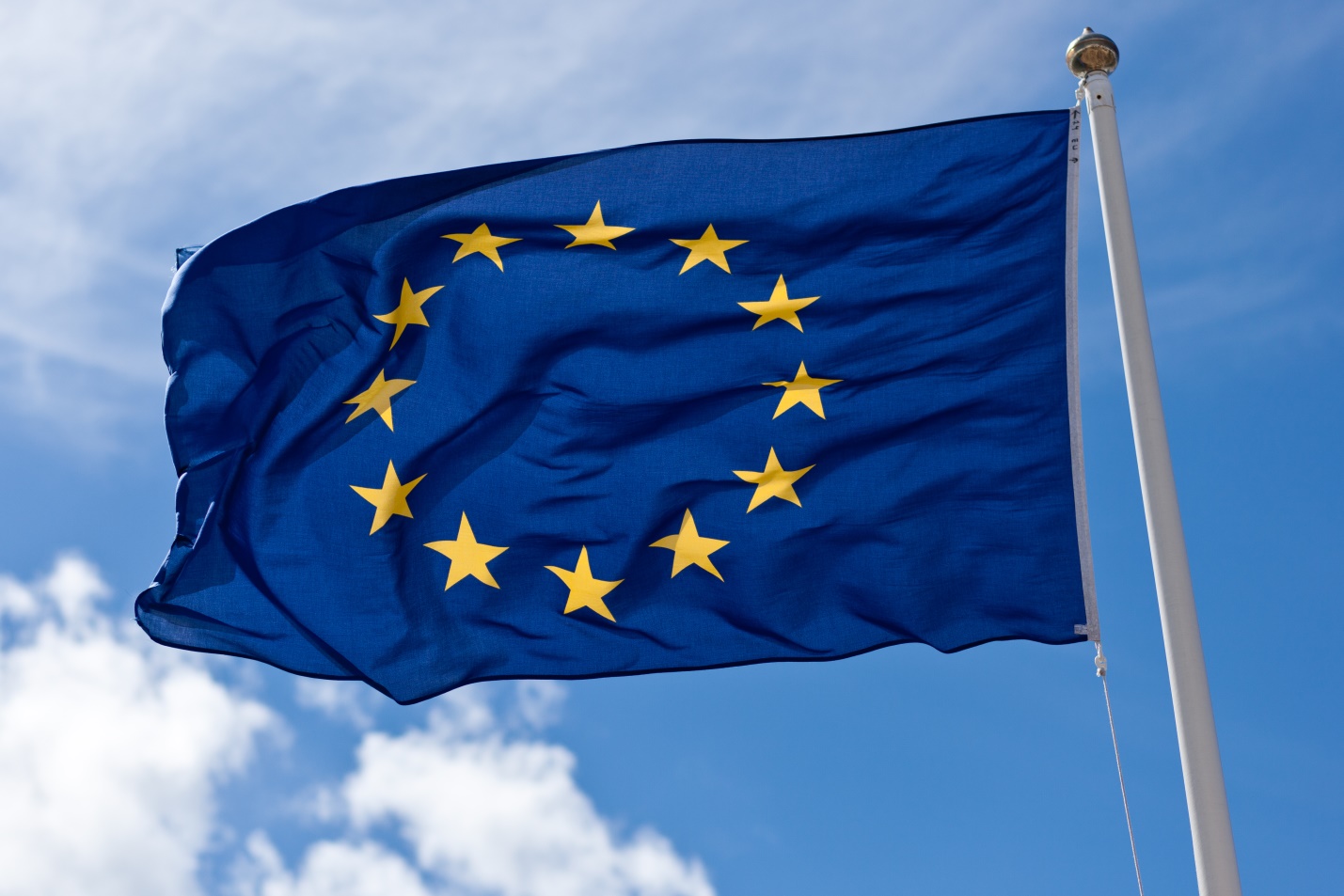
EU reforms its emissions trading system
back to contents“As Presidency we will work towards retaining the EU’s leading role in the negotiations on the conclusion of the implementation rules of the Paris Agreement. Reducing greenhouse gas emissions will not only contribute to the fight against climate change but it will also positively impact the improvement of the air quality. Protecting the environment and the health of European citizens is one of the priorities of the Bulgarian Presidency”, Neno Dimov, Bulgarian Minister of Environment and Water.
The emissions trading system is reformed by introducing the following elements:
- The cap on the total volume of emissions will be reduced annually by 2.2% (linear reduction factor).
- The number of allowances to be placed in the market stability reserve will be doubled temporarily until the end of 2023 (feeding rate).
- A new mechanism to limit the validity of allowances in the market stability reserve above a certain level will become operational in 2023.
The revised ETS directive also contains a number of new provisions to protect industry against the risk of carbon leakage and the risk of application of a cross-sectoral correction factor:
The share of allowances to be auctioned will be 57%, with a conditional lowering of the auction share by 3% if the cross-sectoral correction factor is applied. If triggered, it will be applied consistently across the sectors.
Revised free allocation rules will enable better alignment with the actual production levels of companies, and the benchmark values used to determine free allocation will be updated.
The sectors at highest risk of relocating their production outside the EU will receive full free allocation. The free allocation rate for sectors less exposed to carbon leakage will amount to 30%. A gradual phase-out of that free allocation for the less exposed sectors will start after 2026, with the exception of the district heating sector.
The new entrants’ reserve will initially contain unused allowances from the current 2013-2020 period and 200 million allowances from the market stability reserve. Up to 200 million allowances will be returned to the market stability reserve if not used during the period 2021-2030.
Member states can continue to provide compensation for indirect carbon costs in line with state aid rules. Reporting and transparency provisions are also enhanced.
For reference:
The EU emissions trading system sets a cap on how much CO2 heavy industry and power stations can emit. The total volume of allowed emissions is distributed to companies as permits which can be traded. ETS is a cornerstone of the EU’s policy to combat climate change and its key tool for reducing greenhouse gas emissions cost-effectively. Set up in 2005, it is the world’s first major carbon market and remains the biggest one. It operates in all 28 EU countries plus Iceland, Liechtenstein and Norway. ETS limits emissions from more than 11.000 heavy energy-using installations (power stations and industrial plants) and airlines operating between these countries. It covers around 45% of the EU’s greenhouse gas emissions. Putting a price on carbon and trading it delivers concrete results for the environment: In 2020, emissions from sectors covered by the system will be 21% lower than in 2005.
The formal approval at the Council is the final step in the legislative process. The new directive will enter into force on the 20th day following its publication in the official journal.




